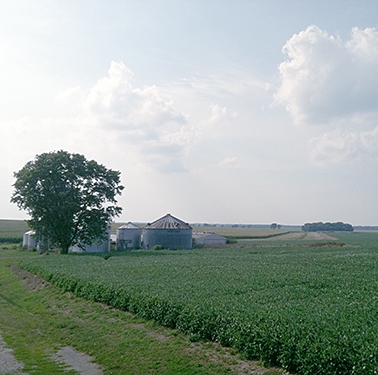Forecasting developments in production agriculture

On behalf of a private U.S. agricultural technology provider, WPI’s team generated an econometric model to forecast the movement of concentrated corn production north and west from the traditional U.S. Corn Belt. WPI’s model has subsequently provided quantitative support to a multi-million-dollar investment into short-season corn variety development. WPI’s methodology included a series of interviews with regional grain elevators and seed consultants. Emphasizing outreach and communication with stakeholders who possess intimate sectoral knowledge – on-the-ground insights – is a regular component of WPI’s methodologies, made possible by WPI’s ever-growing network of industry contacts.

 Beef packer margins reversed sharply lower last week, swinging back into negative territory after six straight weeks of positive returns. Margins fell $145/head to –$75 as fed cattle prices rebounded $7/cwt (live basis), while the Choice cutout slipped nearly $7/cwt. The rapid compression...
Beef packer margins reversed sharply lower last week, swinging back into negative territory after six straight weeks of positive returns. Margins fell $145/head to –$75 as fed cattle prices rebounded $7/cwt (live basis), while the Choice cutout slipped nearly $7/cwt. The rapid compression...
 Each year, the Chinese zodiac calendar features one animal to mark and typify the coming 365 days. If that process were applied to CBOT trade, Tuesday would have been the “day of the bear”, with all major grain markets ending in the red. The only specific trigger was the bearish NOP...
Each year, the Chinese zodiac calendar features one animal to mark and typify the coming 365 days. If that process were applied to CBOT trade, Tuesday would have been the “day of the bear”, with all major grain markets ending in the red. The only specific trigger was the bearish NOP...
 The U.S. 2025/26 sugar supply is forecast at 14.119 million short tons, raw value (STRV), down 1,800 STRV from November as the decrease in expected imports of refined organic and specialty sugar, which pays the high tier, out of quota duty, more than offsets the increase in beginning stocks and...
The U.S. 2025/26 sugar supply is forecast at 14.119 million short tons, raw value (STRV), down 1,800 STRV from November as the decrease in expected imports of refined organic and specialty sugar, which pays the high tier, out of quota duty, more than offsets the increase in beginning stocks and...